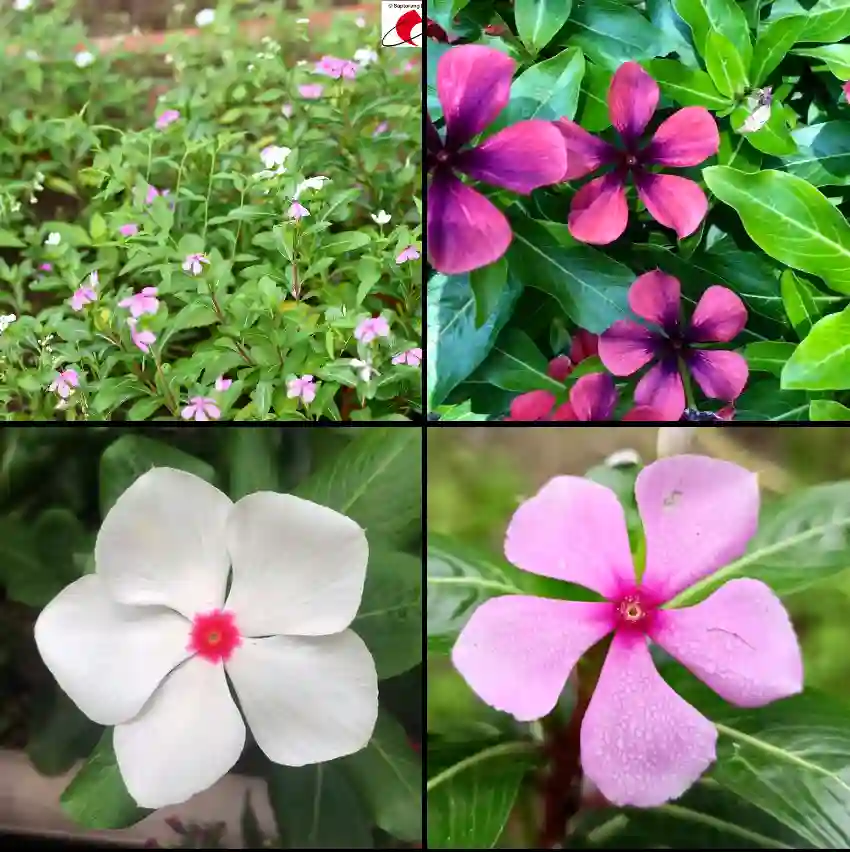
What Is Baptisia Alba?
Baptisia Alba, commonly known as White False Indigo, is a perennial plant native to North America. It is renowned for its stunning white to pale cream flowers that appear in late spring or early summer. The plant features attractive foliage, which consists of trifoliate leaves that turn a vibrant yellow in the fall. Baptisia Alba is a hardy plant, thriving in a range of soil types and weather conditions.
25 Species in Genus Baptisia
How to Germinate Baptisia Alba Seeds?
Germinating Baptisia Alba seeds requires patience and specific conditions to ensure success. Here’s a step-by-step guide based on my personal experience:
- Cold Stratification: Baptisia Alba seeds need cold stratification to break dormancy. Place the seeds in a damp paper towel or sand inside a plastic bag and refrigerate them for about 30 days.
- Preparation: After stratification, soak the seeds in water for 24 hours to further enhance germination.
- Planting: Fill seed trays or pots with a well-draining seed-starting mix. Sow the seeds about 1 inch deep and cover lightly.
- Light and Temperature: Place the trays in a warm, sunny spot. Seeds need consistent moisture and temperatures between 65-75°F (18-24°C) to germinate.
- Transplanting: Once seedlings have developed a couple of sets of true leaves, they can be transplanted into larger pots or directly into the garden.
How to Care for Baptisia Alba?
Caring for Baptisia Alba involves basic maintenance to ensure it thrives:
- Watering: This plant is drought-tolerant once established. Watering should be done during extended dry periods, but be cautious not to overwater, as it prefers well-drained soil.
- Fertilizing: Baptisia Alba generally does not require frequent fertilization. An application of a balanced, slow-release fertilizer in early spring can support its growth.
- Pruning: Minimal pruning is needed. Remove dead or damaged stems in early spring before new growth begins.
- Pest and Disease Control: Baptisia Alba is relatively pest-resistant, but watch for common garden pests like aphids or fungal issues. Keeping the plant well-spaced and avoiding overhead watering can help prevent diseases.
How to Propagate Baptisia Alba?
Baptisia Alba can be propagated through seeds or by dividing established plants:
- Seeds: Follow the germination process described above.
- Division: For established plants, divide the root clumps in early spring or fall. Ensure each division has healthy roots and replant immediately.
What to Plant With Baptisia Alba?
Baptisia Alba pairs well with other perennial plants that complement its aesthetic and growing conditions:
- Echinacea: The bold, coneflower blooms provide a striking contrast to Baptisia’s white flowers.
- Coreopsis: Adds vibrant color and thrives in similar soil conditions.
- Sedum: The succulent foliage and late-blooming flowers can provide interest as Baptisia’s blooms fade.
Can You Grow Baptisia Alba Indoors?
Growing Baptisia Alba indoors is challenging due to its size and light requirements. It is best suited for outdoor gardens where it can spread and develop its full form. However, if you have a large, well-lit indoor space, you might experiment with growing it in a large pot, but expect it to be a difficult endeavor.
Is Baptisia Alba Toxic?
Baptisia Alba is not listed as highly toxic to humans or pets. However, as with many plants, it’s advisable to prevent ingestion and monitor pets and children around it. If any part of the plant is consumed, consult a medical professional or veterinarian.
Benefits of Baptisia Alba
Baptisia Alba offers several benefits:
- Aesthetic Appeal: Its elegant white flowers and yellow fall foliage add visual interest to gardens.
- Pollinator-Friendly: The flowers attract bees, butterflies, and other beneficial insects.
- Low Maintenance: Once established, it requires minimal care, making it an excellent choice for low-maintenance gardens.
Common Problems with Baptisia Alba
While Baptisia Alba is relatively trouble-free, some issues you might encounter include:
- Root Rot: Caused by poorly-drained soil. Ensure good drainage and avoid overwatering.
- Leaf Spot Diseases: Can occur, especially if plants are crowded. Space plants adequately and avoid overhead watering.
Baptisia Alba vs. Baptisia Australis
Baptisia Alba and Baptisia Australis (Blue False Indigo) are often confused due to their similar names and growing conditions. Here’s a comparison based on my experience:
- Flower Color: Baptisia Alba has white to cream flowers, while Baptisia Australis features deep blue to violet blooms.
- Size: Baptisia Australis typically grows taller and wider compared to the more compact Baptisia Alba.
- Foliage: Both have attractive foliage, but the coloration and texture can vary slightly.
Choosing between the two often comes down to the desired flower color and overall garden design.
Understanding these aspects of Baptisia Alba can help you successfully grow and enjoy this beautiful perennial in your garden.
If i die, water my plants!



